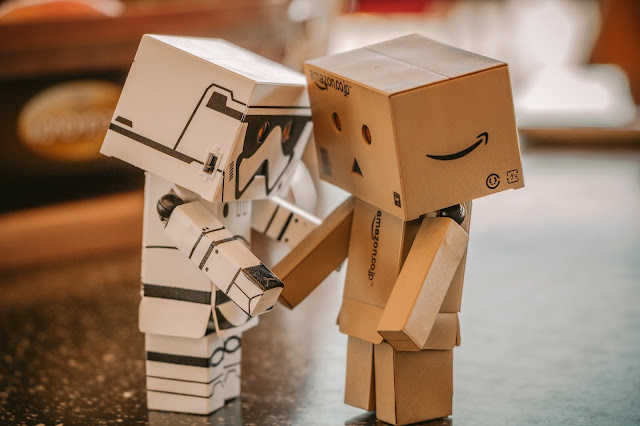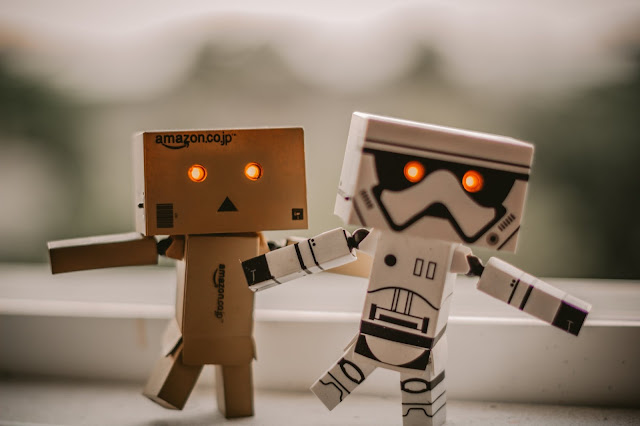It is no secret that machines and robots are revolutionizing the way tasks are completed at the office or in factories. Manpower Group shared a report that states that the technological upgrades the business world experienced lately will definitely change the employment industry in a unique way. Manpower stated that even if the integration of automation in the workplace will lower the number of employees in certain areas, it will also create many other open positions.
Different workplaces will experience these changes differently, some jobs will go, some companies will need larger workplaces to install the machines, and some new jobs will appear. However, in order to take new positions, it is important for employees to get the needed qualifications. In fact, companies are the ones that need to offer their employees the needed training to help them catch up with the latest changes on the market.
Who Is Driving The Robot Revolution?
People should not be surprised to find out that Asia is the leader of the technological revolution. Only in South Korea there are used around 440 robots per 10.000 employees, the number of robots is triple if it were to compare it with the one from the United States. Japan is the leading country when it comes to the number of industrial robots worldwide, it has around 307.000, while the United States has only 238.000 and China 182.000.
But the main question is, how will the technological revolution change the employment industry?
Robots will No Longer be Used Only for Heavy Lifting Jobs but They will Also be Used to Perform Finely Tuned Roles
Companies do not want their employees to be replaced by robots. They are looking for a way to improve their workers’ performance and if this implies the humans to work side by side with the robots, then they are willing to make the change. Robot manufacturers have put their efforts into designing collaborative robots, the worker will show them the task they have to complete, and the machines will perform it multiple times. The next-generation of robots recently introduced on the market are able to execute precise tasks.
Robots will Eliminate Some Jobs but They will Create Many Other Ones
A study shows that only in the United Stated around 9 million jobs will be lost because of the introduction of robots in companies. It is understandable that people are scared and afraid that they will no longer be able to make their living. But it is also important to note that the number is lower than the one from the first estimation when Forrester Research anticipated that the number of lost jobs will reach 70 million by 2025. The introduction of automation will transform at least 25% of the positions present in the current job market; therefore, people will only have to get new qualifications.
People will perform more high-end actions
If it were to analyze the role of the robots in the construction industry it is important to note that in Australian robots are used to lay bricks. A single robot can lay more than 1000 bricks per hour and they can construct an average building in no more than two days. This means that construction workers have to focus on other tasks, they no longer have to lay bricks but they finish the construction and perform more high-end actions. They are doing some of the things an engineer was doing until now. This means that in time, the robots will replace human workers in performing the physical work and people will focus on completing the high-end tasks.
The same goes in companies when an industrial robot arm is used to perform the tasks that pose danger to human workers, and they focus their attention on tasks that require human creativity and emotion.
Robots Can Teach Themselves
In order to improve robots’ performance their manufacturers have decided to design them similar to humans. They come on the market at the same stage as a toddler, and they start to acquire knowledge when they start working in a company. The brain of the robots is evolving faster than the one of a human with the help of the process called deep learning. This feature allows them to handle multiple mundane tasks in a short period.
Robots are no longer used only during the manufacturing process; they are created to handle varied tasks. If in the past they were highly used in this process, nowadays their artificial intelligence allows them to complete tasks like luggage handling and cleaning. Some robots are programmed to even help people complete their tasks around the house or to hand out promotional materials on the street.
Robots Can Fix Themselves
One of the greatest disadvantage companies had when they had to use robots to complete their operations was that when a robot needed service they had to send it back to the manufacturer or to a specialized service. The latest models of robots have no problems in identifying the issue they are experiencing and fixing it on site, without the user having to send them for service. This is one of the features that will affect the greatest number of jobs.
Manpower stated in their study that machines will probably replace some tasks, part of a job and not the job entirely. They are far away from being able to replace creativity, cognitive flexibility, and emotional intelligence, skills only humans have. The greatest change registered in the employment industry will probably be the fact that human workers will augment robots with their human potential and they will not be replaced. Most companies are willing to increase their positions rather than cutting the number of jobs because they are aware that combining the two working forces will bring them more benefits than if they would choose one of them.


